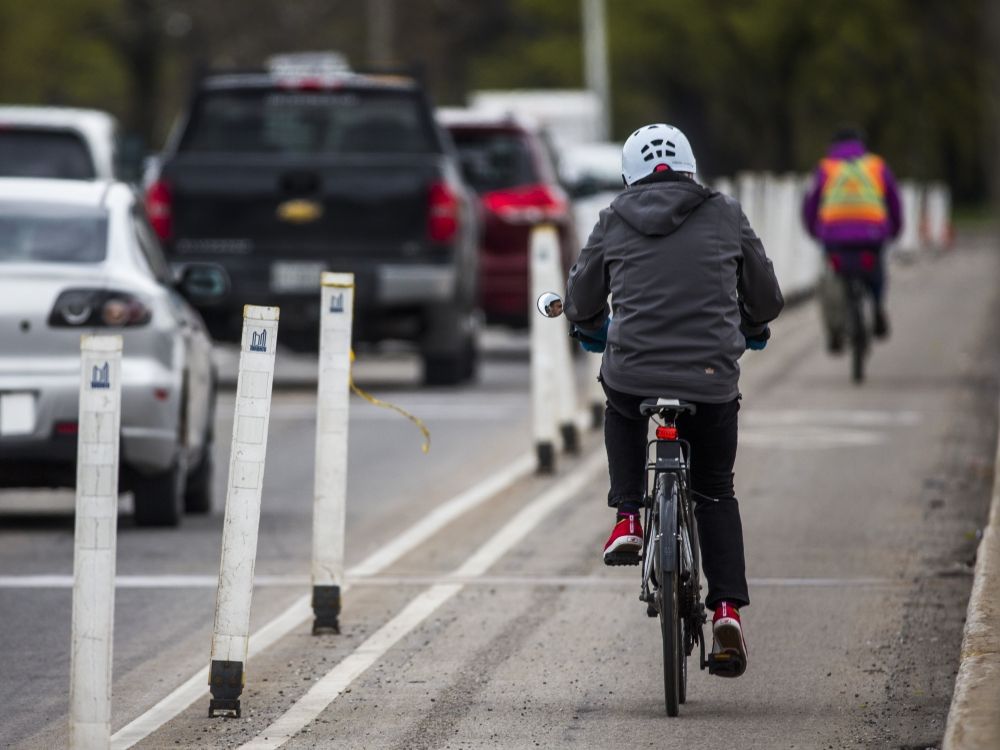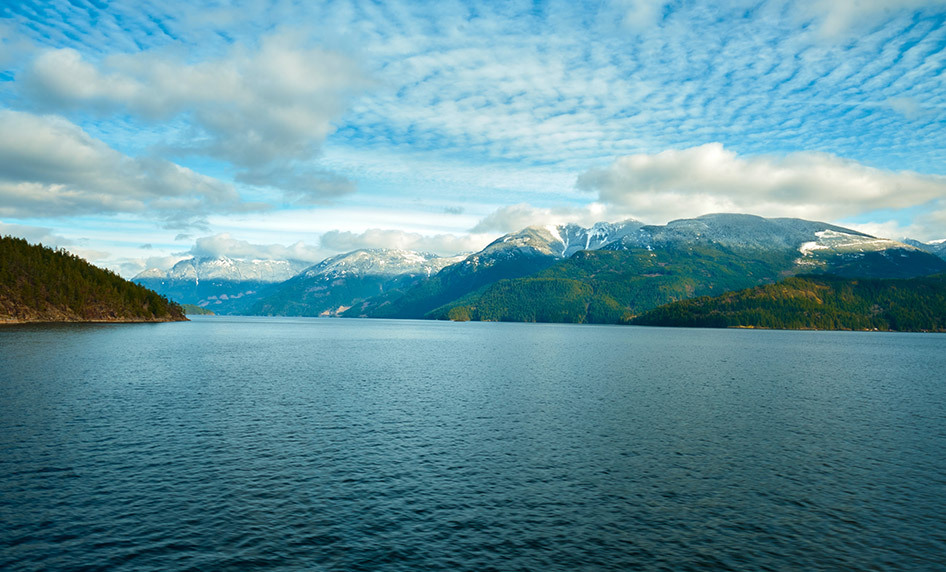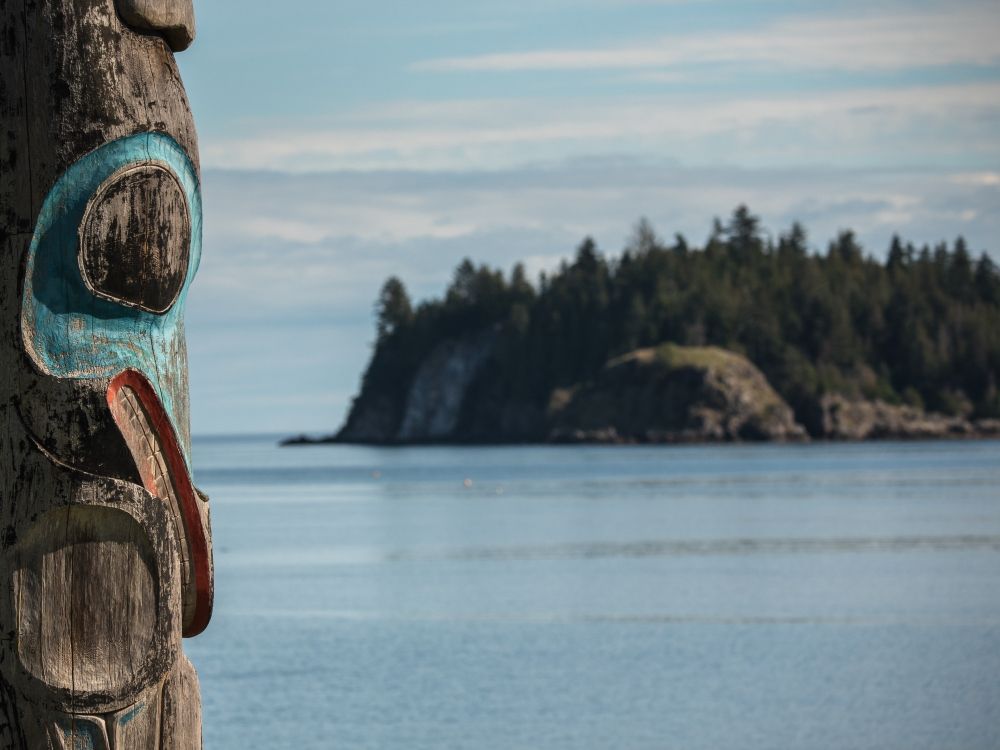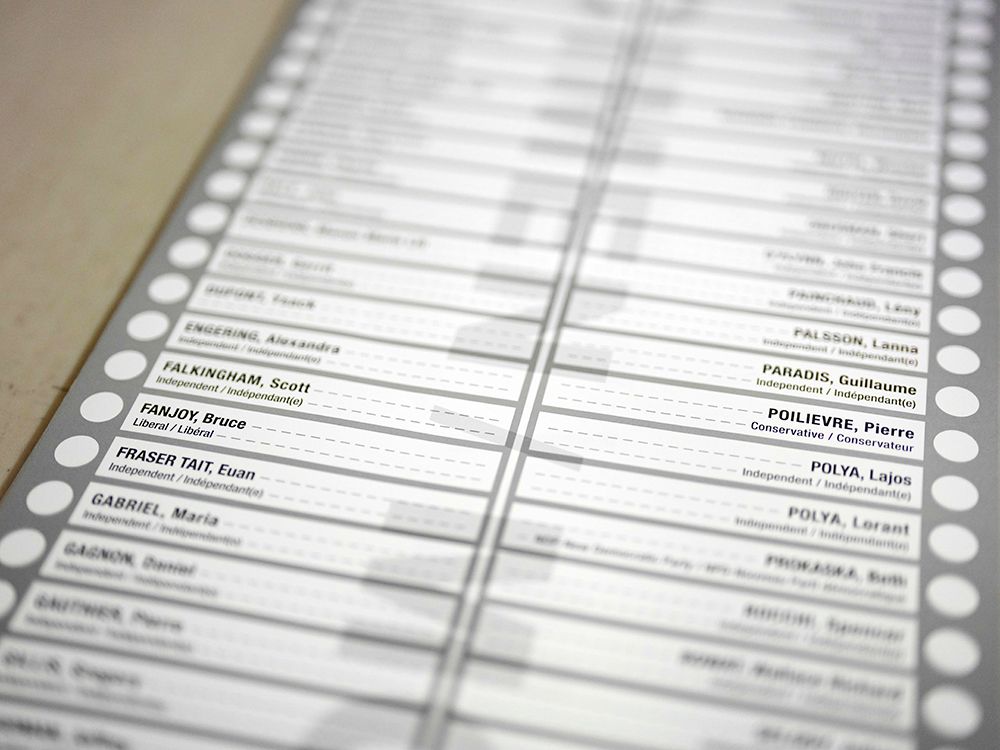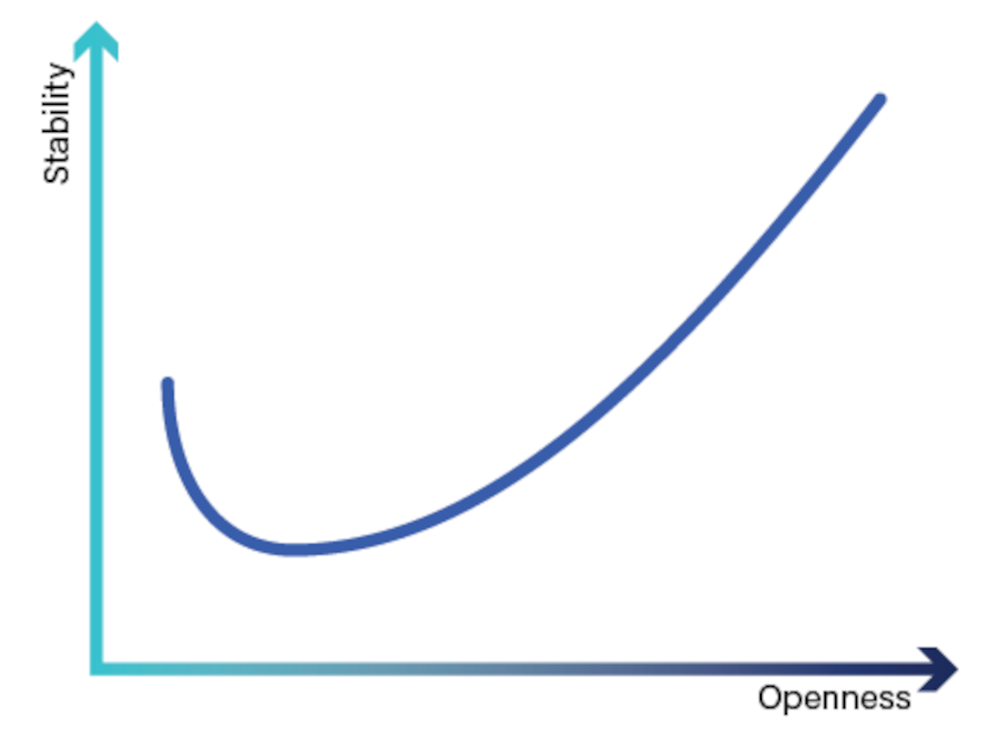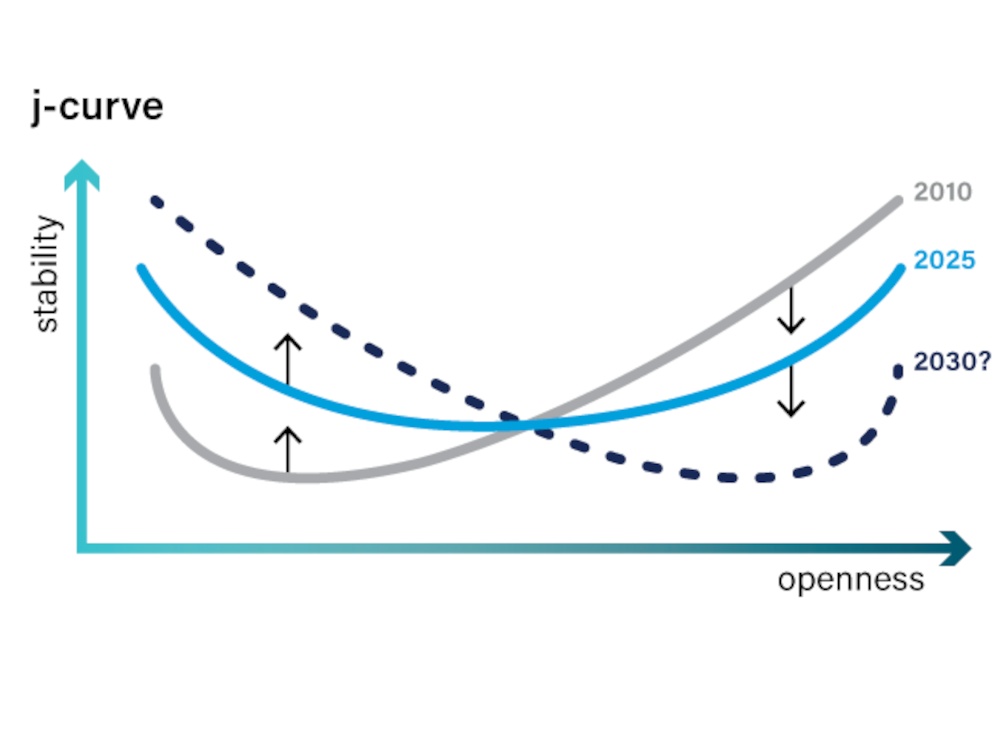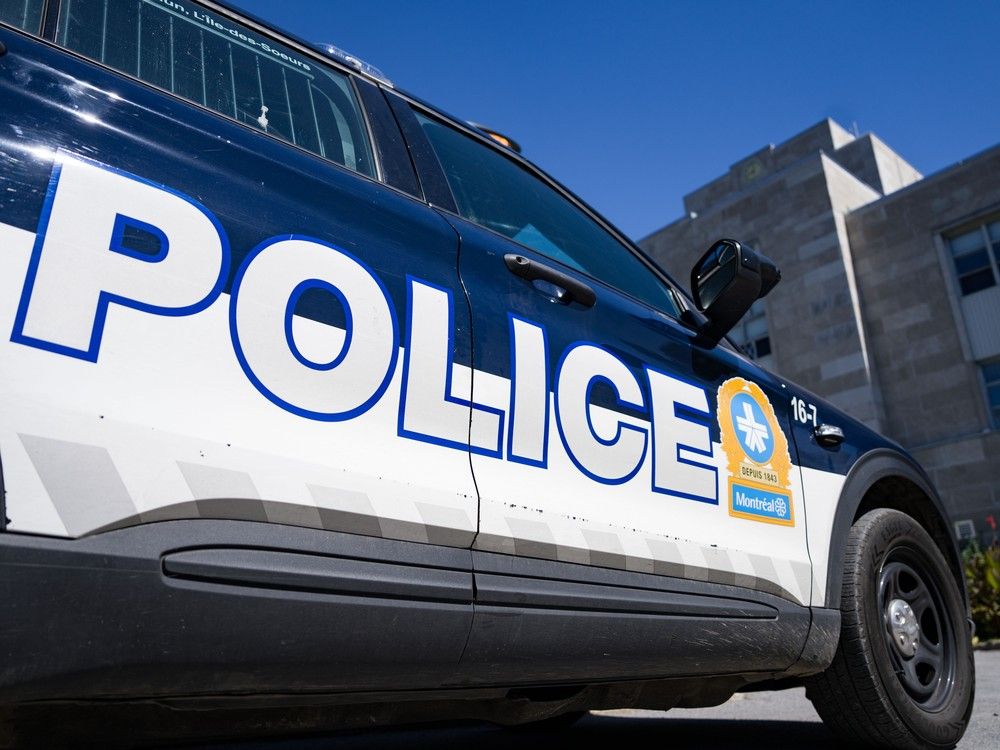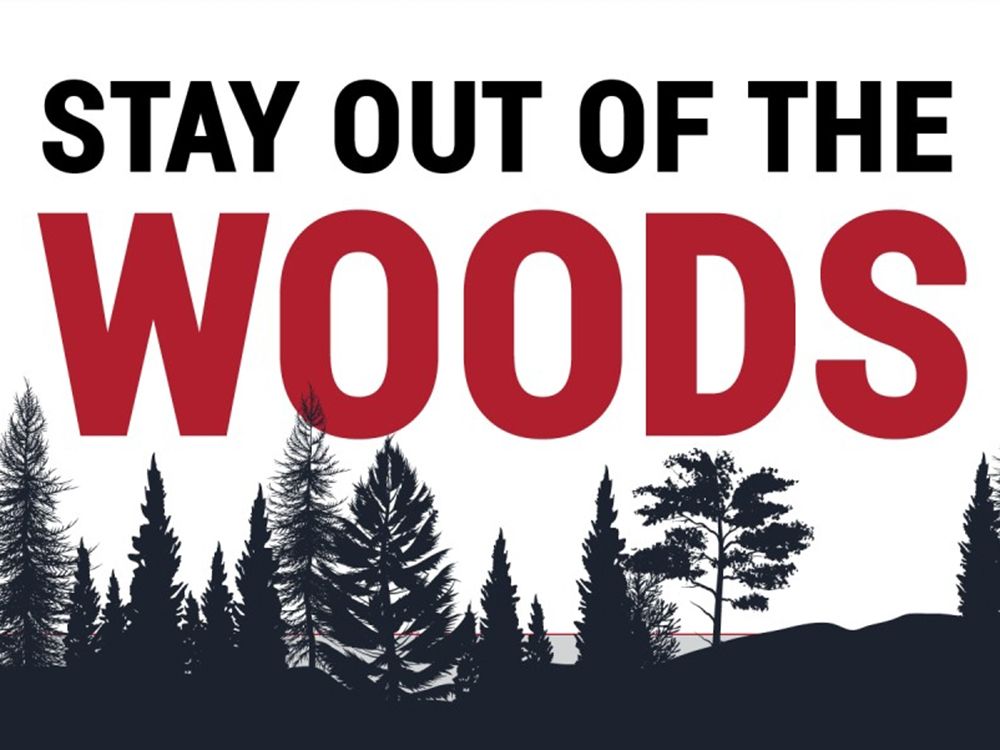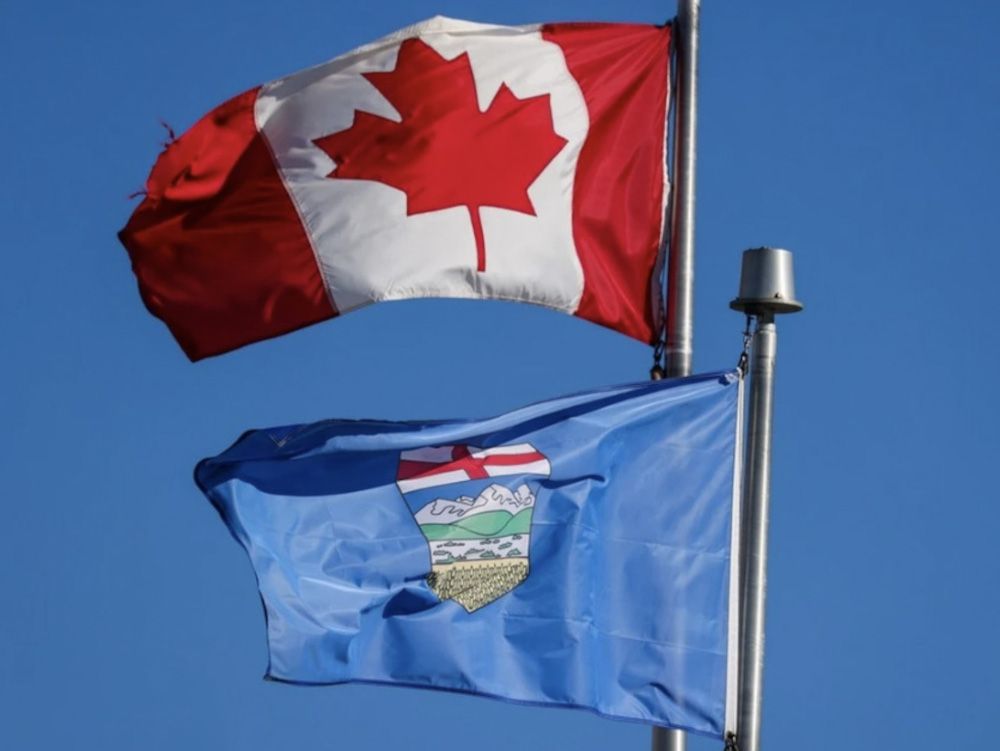
Will an Alberta separation referendum spark a massive unity rally, or a mighty pan-Canadian caravan converging on Calgary or Edmonton? After all, that’s what happened in 1995, when Quebecers looked like they were voting to leave Canada and thousands
flocked
to Montreal’s Place du Canada for a “Great Love-in.”
Albertans aren’t holding their breath. Clearly Central Canada views Quebec’s possible separation as an existential threat, while the West’s concerns are mere “grievances.” Those of us born and raised “back east,” but transplanted West, who’ve lived both sides of the divide, experiencing firsthand the disparate treatment of the two regions, can perhaps help explain it.
Central Canadian ignorance regarding the West is indeed vast, and my own was a veritable Marianas Trench of stupidity. With limited prospects back home, you could not only find a job but build a life in what turned out not to be a vast cow pasture. For Quebecers, who were used to constant political strife and real terrorism, western life was transformatively calming, like stopping beating your head against the wall.
Calgary’s 600,000 inhabitants in 1980, disproportionately young and highly educated, were a diverse mix of people — westerners who’d survived the Great Depression and the Dust Bowl, eastern transplants, Americans and Europeans on work assignments, an increasing number of new Canadians. Many self-selected by leaving home to find opportunity, creating an unusually enterprising, forward-looking citizenry. The lack of burdensome convention, bureaucracy and corruption, of “this is how we’ve always done it,” was liberating.
The land itself reinforced the spirit of the population — limitless sky and horizon, broad vistas of the plains and forbidding cordillera — suggesting that opportunity and achievement were limited only by one’s energy and imagination. It also fed a, if not classically conservative, at least free-market worldview, wary of the arbitrary shackles of government.
Albertans were down-to-earth and welcoming, and the West was a palpably “high trust” society. These various elements combined into what was later dubbed the “Alberta Advantage.” Far more than lower taxes and pro-business governance, it was rich in social capital — a younger, dynamic population, creating an unmistakable common “spirit.”
Meanwhile, easterners viewed the West as essentially a real-life version of the 1960s sitcom “The Beverly Hillbillies.” Albertans, while out hunting squirrels, could just shoot into the ground and up would come the bubblin’ crude. This was convenient shorthand, accounting for Alberta’s transformation from rural backwater to rich, economically vibrant backwater. After Imperial Oil’s Leduc discovery near Edmonton in 1947, royalties soon funded almost half the provincial government’s expenditures. Alberta’s economic clout grew after the 1973 Arab oil embargo, when global prices more than tripled to US$12 per barrel (equivalent to almost US$90 today), and provincial resource royalties represented over 60 per cent of total government revenue in 1980.
Central Canadian bemusement at Alberta’s transformation became envy and resentment. Yeah, so Albertans now had easy money. Weren’t they just “sitting on” all these resources that they just “dug up”? Well, anyone who’s had to interpret subtle seismic readings from 5,000 metres down or land a 3,000-metre horizontal wellbore in a five-metre zone knows that developing oil and gas isn’t like shooting squirrels. It requires hard science, vision and grit, in risky, capital-intensive ventures. Different than, say, damming a river to generate electricity. After all, beavers build dams.
This “accidental” wealth fuelled equalization payments. University of Calgary economist Robert Mansell documents these vast transfers from Alberta to other provinces, mainly Quebec. His
latest work
estimates $611 billion in net transfers from 1961 to 2017, $180 billion in the 2010s alone.
How Quebec uses the money is illuminating. Its confident approach to Confederation is summarized in a
200-page document
released by a Liberal provincial government in 2017. Describing its “way of being Canadian,” equality’s defined as “fiscal autonomy” and “asymmetry” of policies, with Quebec co-operating (only) while upholding its interests. It’s aspirations require independent international relations and using federal institutions to promote its “vision of Canada.” This includes extending “the Canadian francophone space” (while, incidentally,
eliminating
Quebec’s anglophone space). “Leadership in Canada” would be exercised “without interference”, the province remaining “free to make its own choices and … assume its own identity.” The rest of us in turn should “duly recognize” and affirm Quebec’s “strong national identity,” ensuring that Quebecers “see themselves better reflected in Canada.” Was this in the prenup?
Quebec’s interests have been advanced through both constitutional and extra-constitutional means — i.e., separatism, for 60-plus years, often paralyzing the country. It has deftly accumulated special accommodations such a minimum number of seats in the House of Commons, while massive imbalances favour Quebec and eastern provinces in the
unelected Senate
. Its three justices on the Supreme Court of Canada is disproportionate to its share of Canada’s population (~20 per cent). Despite operating predominantly outside Quebec, the headquarters of both CN Rail and Air Canada are required to be in Montreal.
“Asymmetry” means special treatment and numerous carve-outs for Quebec. For example, a 1991 federal-provincial
accord
granted the province exclusive choice in immigration, with
an initial handout
of over $650 million (2025 dollars) for the integration of newcomers. As late as 2007, Quebec received 56 per cent of federal immigrant language training dollars despite welcoming only 16.5 per cent of newcomers. Nice deal.
Quebec’s “distinctiveness” includes its economic model — dirigisme is, after all, a French word. Its public sector is 24 per cent of total
employment
, higher than the
Canadian average
and 20 per cent more than
Alberta’s
. Generous government programs abound, notably Quebec’s famous “
$10-a-day daycare
” and bargain-basement university tuition, which was
frozen
for the better part of 40 years. Indulging its green sensibilities, Quebec blocks energy corridors and leaves its substantial unconventional natural gas reservoirs untapped — reserves that could supply
provincial
or
foreign markets
for decades.
Given Quebec’s goal to advance its “vision of Canada,” one might question the impact of its, shall we say “ethically challenged”
political culture
. Numerous scandals have plagued La Belle Province, from
tainted burgers
at Expo ’67, breathtakingly
corrupt misspending
for the 1976 Olympics, to the 2004
sponsorship scandal
(which ruined the Paul Martin government) and, most recently, the
Charbonneau Commission
investigating Quebec’s construction industry.
Quebec’s transformation into a linguistic monoculture and distinctly second-tier economy was done consciously and deliberately. A fascinating social experiment, but why are we
subsidizing
it?
Western aspirations unfolded differently. Former prime minister Pierre Trudeau’s
national energy program
mandated below-market energy prices for eastern Canada at the West’s expense. Alberta’s revenue from oil and natural gas fell from about 60 per cent of its budget in 1981 to just over 20 by mid-decade, while unemployment reached 11 per cent, tripling between 1981 and 1983. Tens of thousands lost their homes and businesses as the ’80s became a lost decade. Unfortunately, the large western contingent in Prime Minister Brian Mulroney’s 1984 majority failed to change the pattern. Ottawa remained focused on Quebec — notably awarding a massive fighter-jet servicing
contract
to Montreal’s Canadair in 1986, despite Winnipeg-based Bristol Aerospace’s cheaper, superior bid. Chalk up another $3.5 billion (2025 dollars) to Quebec at the West’s expense.
Westerners have responded with repeated calls for change. The Reform party, founded in 1987, had explicitly federalist goals — “The West wants in” — but was
not exactly welcomed
by Central Canada. Subsequently, there was the 2001
“firewall” letter
by Stephen Harper and “Calgary School” academics, followed by then-premier Jason Kenney’s
Fair Deal Panel
(2020) and the
Free Alberta Strategy
. All sought ways to free Alberta from the arbitrary whims of the federal government.
Alberta Premier Danielle Smith’s 2022
Alberta Sovereignty Within a United Canada Act
aims to counter unconstitutional federal laws, while her 2025
Alberta Next initiative
kicked off
by demonstrating how myriad Liberal laws and policies cripple Alberta — to the tune of $500 billion in lost investment capital over the last 10 years. With the Mansell numbers, that adds up to $1.1 trillion in economic punishment meted upon one province.
So far, no love from Central Canada. Reaction seems rather to channel the old Liberal adage from the late Keith Davey — “Screw the West, we’ll take the rest.” In 2001, Jean Chrétien
mused
that Alberta’s “fortunate position” was “creating pressure on neighbouring provinces” and that others had “the right to have their share of these opportunities.”
More recently, Justin Trudeau
observed
in 2012 that, “Canada is struggling right now because Albertans are controlling the … social democratic agenda.” Asked whether Canada would be better off with more Quebecers in power than Albertans, Trudeau replied: “I’m a Liberal, so of course I think so.” Recent Donald Trump-fuelled Liberal Maple-Leafism also leaves many westerners cold, given that five minutes ago, Trudeau said Canada was an
irredeemably racist
post-national state
.
Meanwhile, Bloc Québécois Leader Yves-François Blanchet says Alberta’s complaints are
mundanely economic
, and is “not certain that oil and gas qualifies to
define a culture
.” Seemingly, decades of lost livelihoods and unrealized potential are mundane.
Kudos to such multi-generational consistency, from Pierre Trudeau
asking
farmers in Winnipeg, “Why should I sell your wheat?” (1968), to Chrétien and Justin Trudeau, with little sign that the government of Prime Minister Mark Carney will abandon course. Given one party’s 60-year imposition of policies inimical to the West — and that it’s in power more often than not — the question facing Albertans, and westerners more broadly is: will we continue to acquiesce? As Reform party founder Preston Manning said: “I don’t support secession but, if separate, I wouldn’t advocate joining.”
John Weissenberger is a Calgary executive. Born in Montreal, he earned geology degrees in Ontario, Quebec and Alberta. A longer version of this article can was published in C2C Journal.
